The particles released during manufacturing processes are hazardous to both worker and equipment health, quickly leading to a number of problems if particles are not captured by dust collection equipment and filtered from facility air. Dust collection systems address this problem by drawing contaminated air through a filter or separator, trapping harmful particles, and releasing cleaner air into the atmosphere or back onto the work floor. Read More…
Scientific Dust Collectors (SDC) began in 1981 when our first patent for improving filter cleaning was issued. Since then, SDC has been issued a number of additional related patents for improvements in dust collector cleaning technologies including our patented nozzle-based cleaning system which is superior to other collectors. Combined with our High Side Inlets, Wide Filter Spacing, and Inlet...

Griffin Filters is a trusted and dedicated leading manufacturer in the dust collector industry. We offer a wide selection of dust collectors with customization options available in order to serve various industries. Our experts are committed to manufacturing high-quality dust collectors that fit our customers' needs at competitive prices. Since its start in 1950, Griffin Filters has been setting...

Ever since our inception in 1989, Robovent has been a leader in the manufacturing and design of ventilation and filtration systems. We have experience coming up with solutions to protect our customers from a wide range of dust, including aluminum dust, cast iron grinding dust, fertilizer dust, and more. Industries we serve include automotive, military, construction, medical, and aerospace. For a...

Our world-class facilities set us apart from the competition. We work hard to make our customers happy with our air filters. We can provide what you need to keep your air clean in whatever industry you are in. Our goal is to exceed your expectations so you can focus on what you do best! Whether you need support in design, products, delivery, or support, we can supply it all!

Our world-class facilities set us apart from the competition. We work hard to make our customers happy with our dust collector systems. We can provide what you need to keep your air clean in whatever industry you are in. Our goal is to exceed your expectations so you can focus on what you do best! Whether you need support in design, products, delivery, or support, we can supply it all!

Here at Camfil APC, we understand that during the manufacturing process dust and other pollutants are introduced to the air. In order to combat this we have a wide variety of dust collecting systems that include, but are not limited to, our Gold Series® Industrial Dust Collector, Quad Pulse Package, and our Zephyr III®. We service the food & beverage, chemical processing, pharmaceutical,...

Our dust collecting systems are designed to eliminate respirable airborne contaminants from the work environment. Eliminating airborne contamination in the workspace can lead to better employee performance and a lower rate of absenteeism.

More Dust Collector Manufacturers
The particles released during manufacturing processes are hazardous to both worker and equipment health, quickly leading to a number of problems if particles are not captured by dust collection equipment and filtered from facility air. Dust collection systems address this problem by drawing contaminated air through a filter or separator, trapping harmful particles, and releasing cleaner air into the atmosphere or back onto the work floor.
Applications
Dust collectors and dust collection systems find widespread applications in various industries, where they play a crucial role in maintaining a clean and safe work environment. In metalworking shops, for instance, dust collectors capture dust and metal particles generated during cutting, grinding, and welding processes, preventing the release of harmful airborne contaminants and protecting workers’ respiratory health. Woodworking shops also rely on dust collection systems to control sawdust and wood debris produced during cutting, sanding, and routing, minimizing fire hazards and ensuring cleaner air for employees. Recycling plants additionally utilize dust collectors to manage dust and particles generated during material sorting and processing, contributing to a healthier working atmosphere and preventing dust-related hazards. In cement fabrication and mining operations, meanwhile, dust collection systems help control airborne dust generated during material handling, crushing, and grinding, reducing the risk of respiratory issues and improving overall air quality. The medical and pharmaceutical industries also use these systems to handle dust produced during manufacturing and processing, adhering to strict cleanliness and safety standards. Other applications include use in the automotive, construction, agriculture, glass, and food processing industries, where dust collectors play a vital role in managing airborne particles and ensuring worker safety and product quality. Overall, dust collection systems have diverse and critical applications across various industries, protecting workers’ health, meeting regulatory standards, and maintaining efficient production processes.
History
We have been using dust collecting systems since the height of the Industrial Revolution, in the 1800s. During those years, manufacturing companies first discovered all of the dust and debris you can generate when you’re running machines and machining high amounts of metal and wood.
The first person to patent an industrial dust collector was an American named S.T. Jones. In 1852, he patented his single bag filter. Several decades later, in 1921, a German named Wilhelm Beth patented not one, but three, dust filter blueprints. Each worked differently; one used hose filters, or tubular filters, to clean streams, and another cleaned gas and air streams using a simple cloth filter. The last one cleaned filters using shaking or agitation components.
Air filtration suddenly became much more advanced first at the turn of the 1950s, when engineers invented reverse air jet systems, and again towards the turn of the 1960s, when they invented pulse jet filtration. These inventions made filtration more effective and efficient. In part, this was because they required fewer mechanical parts than earlier filter systems.
During the 1970s and 1980s, consumers turned their focus towards environmentalism. In response to an increased concern towards the country’s carbon footprint and the health of its citizens, the government started putting in place much stricter emissions restrictions on businesses. This change made dust collecting systems even more popular.
Today, as the dust collecting industry advances, engineers are developing smaller, cleaner, and more efficient separating and filtering equipment. Their goal is to better meet the needs of different industries while increasing worker safety and protecting environmental health.
Types
Industrial dust collection systems can generally be divided into a few big groups, including fabric filters and inertial separators. Fabric filters include systems like fabric filter baghouses and jet dust collectors, while inertial separators include systems like cyclone dust collectors, multi-cyclone dust collectors, settling chambers, and baffle chambers.
Other miscellaneous dust collecting systems include wet dust collectors, cartridge collectors, small dust collectors, portable dust collectors, downdraft tables, electrostatic precipitators, and shop vacs.
Fabric filters are those dust collecting systems that can capture dust particles when they pass through fabric material filters. Such filters are usually made from woven cotton, felted cotton, glass fiber, or something similar. Fabric filters are extremely efficient and effective, with a collection rate of over 99% for fine particles. The most common type of fabric filter is the baghouse.
Baghouses, or baghouse dust collectors, are the most common dust collector design and are often the most cost-effective. Baghouses work by drawing contaminated air in through ducts to a hopper-shaped baghouse. A vacuum-creating fan then pulls the air through the fabric filters contained inside the baghouse. (They are made of cotton, synthetics, or glass-fiber.) The fabric bags catch the dust, smoke, and various other particles, so that the air may exit as clean air exits through the fan at the outlet.
The dust particles that are left behind either cling to the filter or settle into an airlock at the bottom of the hopper, which is routinely emptied. As a cake of dust accumulates on the filter, it actually increases the effectiveness of the filter for trapping tiny particles. After a point, however, the filter cake can become too thick and begins to stress the system, so occasional cleaning is necessary to ensure sufficient airflow through the filters. For this reason, baghouse dust collectors are sometimes equipped with vibrators that shake filters free of dust.
Jet dust collectors are a type of baghouse dust collector. To perform filter cleaning, they use jets of compressed air that blow the dust-caked fabric bag filters free of excess dirt.
Inertial separators are dust collectors that do not rely on filters but instead rely primarily on gravity and inertia. They use gravity and inertia to separate dust from gas streams. After they isolate the dust, they usually drop it into a storage hopper. They are most effective at removing the coarser dust particles from contaminated air. Examples of prominent inertial separators include cyclone dust collectors, multi-cyclone dust collectors, settling chambers, and baffle chambers.
Cyclone dust collectors use centrifugal force, or cyclonic air movement, within a hopper-shaped chamber to separate particles from the air. The particles, being heavier than air molecules, are thrown against the outer wall of the hopper and fall to the bottom, where they are collected. Cyclone dust collection systems are common in a number of different industrial settings.
Multi-cyclone dust collectors have a single main inlet on one side and a single outlet on the other side, but incorporate many cyclone cylinders inside the chamber that run concurrently. In contrast, single-cyclone dust collectors have only one cyclone.
Settling chambers reduce the speed of an air stream, which allows the heavier particles to settle out more quickly. They are common elements of pre-cleaning procedures. This includes the pre-cleaning of air streams before they enter dust collectors, such as baghouses, that remove extra fine dust particles.
Baffle chambers set up a barrier that forces the air to change directions suddenly, so that the inertia of the heavier particles does not allow them to remain suspended in the air stream and they fall to the bottom of the chamber.
Wet scrubbers, also known as wet dust collectors, are special downdraft tables and unit dust collectors that use liquids (usually water) to intercept dust particles from the stream of gas. Wet scrubber technology is also employed in some air pollution control equipment, where it performs similar functions on molecular levels by removing soot, smog, and fine chemical pollution from the air of industrial facilities.
Cartridge dust collectors are a small and compact type of dust collector. They have a higher airflow than bag filters and cover much more area than them. They also require less frequent checks than bag filters.
Small dust collectors are those dust collectors designed specifically to fit in tight spaces. With them, users can maintain air quality even in the smallest and most inconvenient of spaces.
Portable dust collectors, also known unit dust collectors, are smaller, self-contained dust collectors. In order to provide localized dust collection, users can easily move these air cleaners from place to place. They generally use either fabric filters or cyclonic motion to collect particles. Operators can either install them in addition to a larger system, or in place of a larger system. Portable dust collectors are small, inexpensive, and perfect for small spaces.
Downdraft tables are work tables that feature built-in dust collection equipment. This equipment is designed to filter the metal and wood dust from processes performed over these tables, such as welding and wood sawing.
Electrostatic precipitators work using ionization. They give particles a negative charge and then attract them out of the air stream by means of a positively charged electrode, which they adhere to. To remove disposed of dust particles, electrostatic precipitators either continuously rap against them or continuously vibrate until they fall into a bin.
Shop vacuums are commercial vacuum cleaners that pull in wet or dry air using centrifugal fans. Inside, they collect and hold onto contaminants, dust, and fumes cyclonically or with a fabric bag filter. Shop vacs are usually canister-shaped.
Equipment Components
A typical dust collection system consists of several components, with three key ones being the filter, blower, and frame. The filter is a crucial component responsible for capturing and removing airborne dust and particles from the air. It traps the dust while allowing clean air to pass through, improving air quality in the workspace. The blower creates the necessary airflow to move the dust-laden air through the system. It generates the suction force that pulls the dust from the machines or work areas into the ductwork and then through the filter. The frame provides the structural support for the entire system, ensuring stability and proper alignment of components.
In a typical dust collection system, these components work together harmoniously. The blower creates the necessary airflow, which carries the dust and debris through the ductwork to the filter. The filter captures the dust, while the clean air passes through and is either exhausted outside or recirculated back into the workspace. The frame holds everything together and ensures that the system operates efficiently and safely.
Besides these key components, dust collection systems may also involve other accessories, as previously mentioned. Dust separators or cyclones can be used as pre-filters to remove larger particles before they reach the main filter, reducing the load and improving overall efficiency. Blast gates enable users to control airflow and direct suction to specific machines or work areas, optimizing the system’s performance and energy consumption. Ducting components like elbows, connectors, and hoods ensure a well-organized and efficient ductwork system.
Other potential components may include remote control systems for easy on/off control, collection bags or bins for dust storage, and specialized filters like HEPA filters for enhanced air quality. Each additional component serves to enhance the dust collection system’s performance and efficiency, cater to specific needs or industry requirements, and contribute to a healthier and safer work environment. By combining the filter, blower, frame, and other components effectively, a dust collection system becomes a vital tool in controlling airborne dust and maintaining a clean and safe workspace in various industries.
Benefits
Dust collection systems offer a wide range of benefits across various industries and work environments. One of the most significant advantages is the improvement of air quality. By efficiently capturing and removing airborne dust and particles, these systems reduce the risk of respiratory issues and other health problems caused by dust exposure, ensuring a healthier and safer workspace for employees. Additionally, dust collection systems contribute to regulatory compliance, as many industries have strict standards for dust emissions. Implementing these systems helps businesses adhere to environmental and safety regulations, avoiding potential fines and legal issues. Furthermore, dust collection systems promote productivity by reducing downtime caused by equipment malfunctions and maintenance due to dust-related problems. They protect valuable machinery and tools from dust accumulation, thus extending their lifespan and minimizing repair costs. Overall, dust collection systems create a cleaner, more efficient, and safer work environment, benefitting both employees and businesses alike.
Design and Customization
When putting together a dust collecting system for you, manufacturers consider certain aspects of your application. These include whether you will be placing the system inside or outside, the type of material you plan to filter (water, dusty air, industrial fumes, etc.), the density of the particulate matter you plan to collect, the frequency with which you will run your system, and the size of the space your system must clean.
Based on these application specifications, manufacturers will customize your system with the right configuration, filtration methods, filter types, etc. For large facilities, manufacturers usually incorporate baghouses, jet dust collectors, and inertial separators into sizeable dust collecting systems. These systems often feature overhead ductwork and capture arms with suction hoods that hang over the workspaces where dust is formed. In such applications, they often design the dust collector apparatus to be located outside of the facility, connected to the interior by ducts.
If they choose a fabric filter, manufacturers may increase its effectiveness and longevity using a filter enhancer or a pre-coat of chemically inert limestone. They may also add on features like a custom paint job, interior ducting connectors, tailpipe adaptors, panels, etc.
Safety and Compliance Standards
Safety and compliance standards for dust collection systems in the United States are primarily set by various regulatory agencies at both the federal and state levels. The Occupational Safety and Health Administration (OSHA) is a key federal agency responsible for workplace safety regulations, including those related to dust collection and control. These standards are established to protect workers from health hazards associated with airborne dust, such as respiratory issues and combustible dust explosions. Compliance with these standards ensures that businesses provide a safe and healthy work environment for their employees, reducing the risk of workplace accidents and injuries.
Complying with safety and compliance standards for dust collection systems offers several benefits. First and foremost, it safeguards the well-being of workers, promoting better health and reducing absenteeism due to work-related illnesses. Properly functioning dust collection systems also lead to improved productivity and efficiency by minimizing equipment downtime caused by dust-related issues. Additionally, compliance demonstrates a commitment to safety, which can enhance the company’s reputation and credibility among clients, employees, and the general public.
On the other hand, failure to comply with these standards can have severe consequences. Businesses may face fines and penalties for non-compliance, leading to significant financial burdens. In extreme cases, failure to maintain safe working conditions can result in serious accidents, injuries, or even fatalities, leading to potential legal liabilities and reputational damage. Additionally, non-compliance with regulations may result in increased scrutiny from regulatory authorities, leading to additional inspections and potential disruption to business operations.
Overall, adhering to safety and compliance standards for dust collection systems is not only a legal obligation but also a responsible practice that prioritizes the well-being of employees and contributes to the overall success and sustainability of a business. By ensuring a safe and compliant work environment, companies can avoid legal issues, improve productivity, and maintain a positive reputation in the industry.
Things to Consider
Dust collectors are important tools, so naturally, you want to purchase the best ones possible. The best way to do that is to shop around and speak to the representatives of high quality dust collector suppliers. To help you do so, we have put together a list of some of those dust collection system suppliers we trust the most. You will find their information by scrolling towards the middle of this page, where their respective profiles are sandwiched.
Check out their profiles, and based on your requirements, reach out to three or four you find to be the most promising. You can do this by calling them, finding their contact information on their respective websites, or by using our “Request for Quote” tools. After you have spoken with each manufacturer, compare and contrast their offered services, their prices, their delivery options, etc. Decide which manufacturing company will best fit your needs, and then contact them to get started on your project.


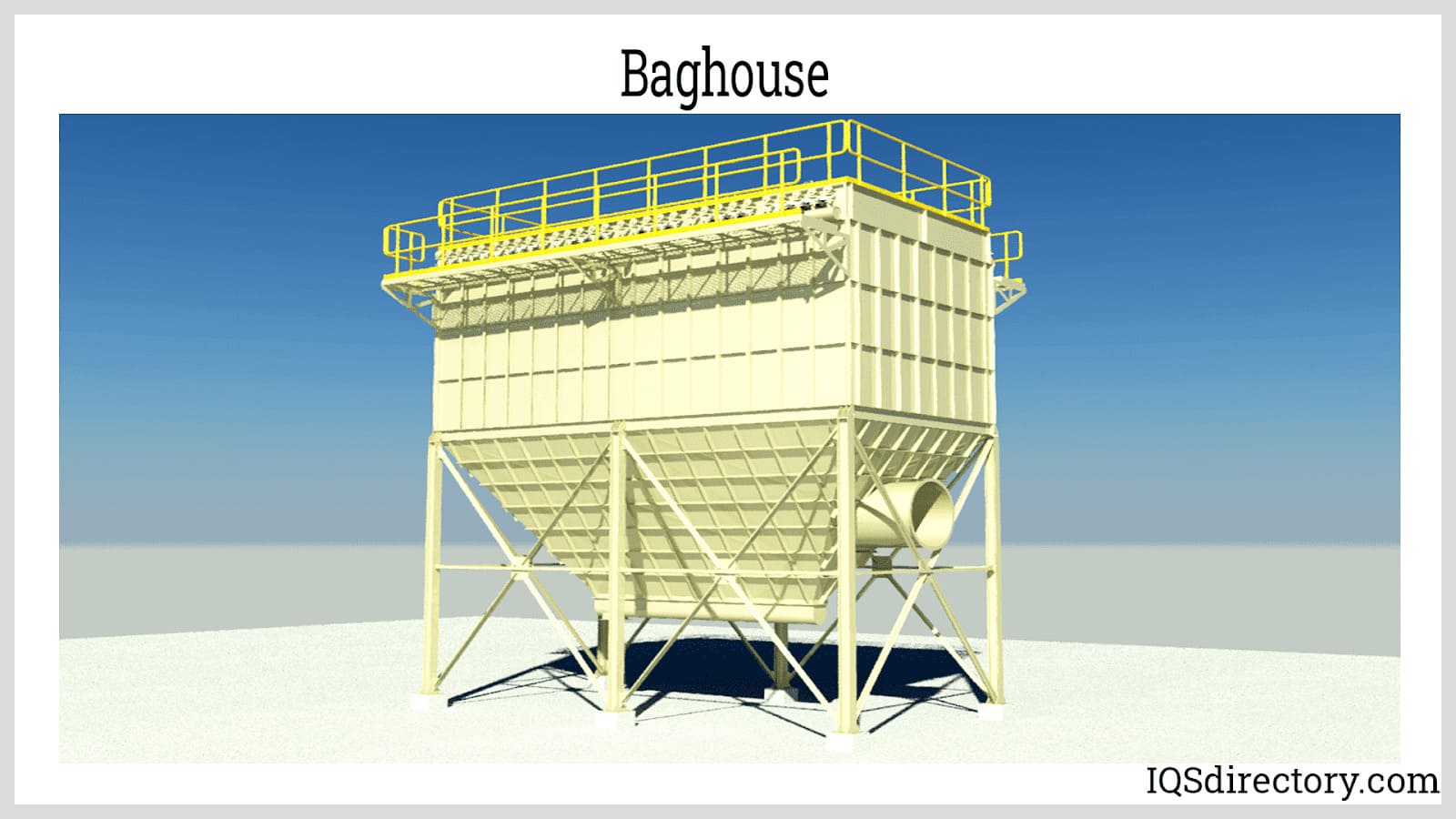
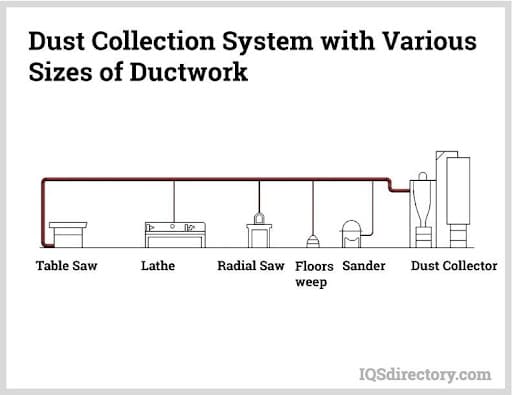
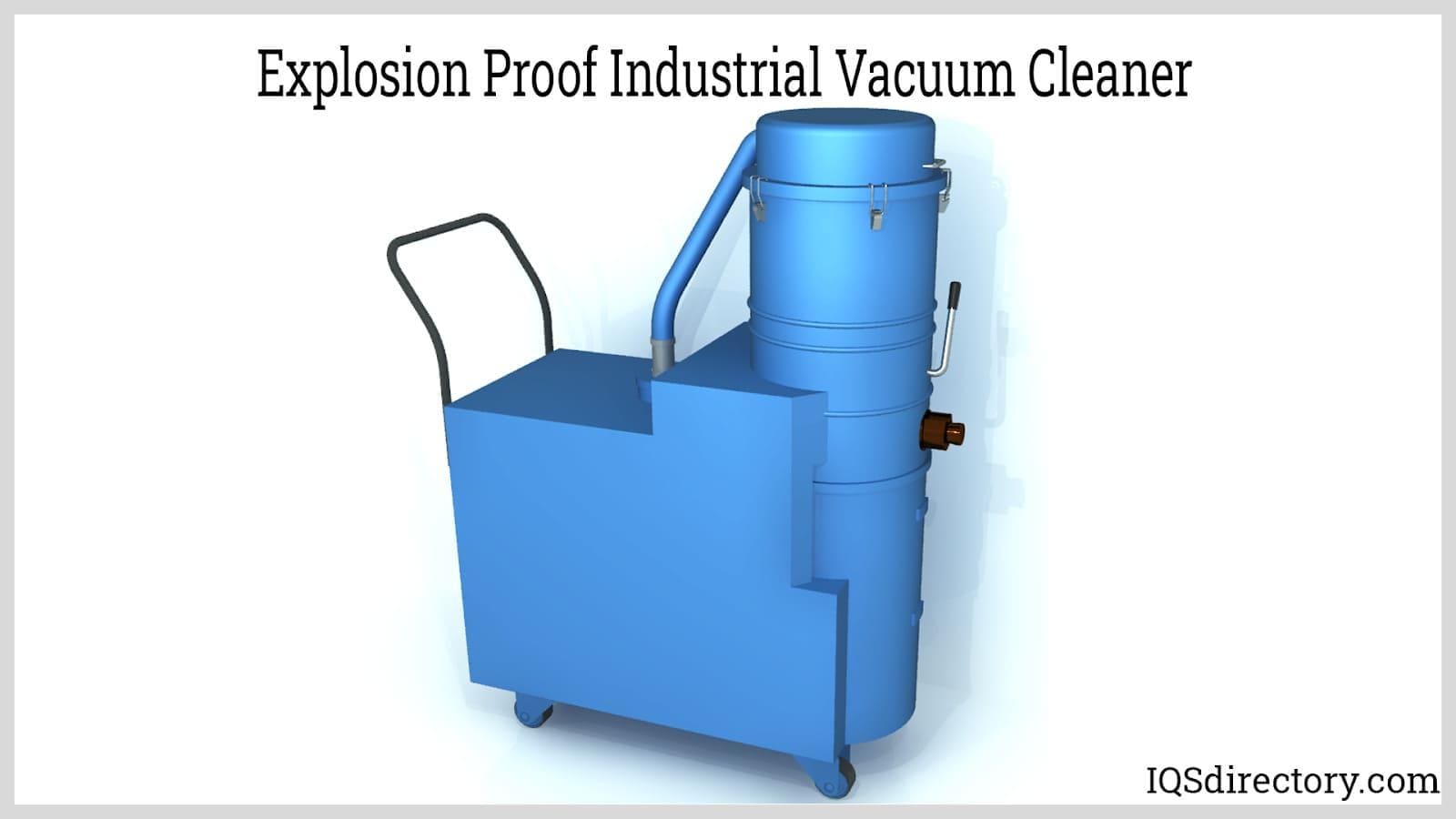
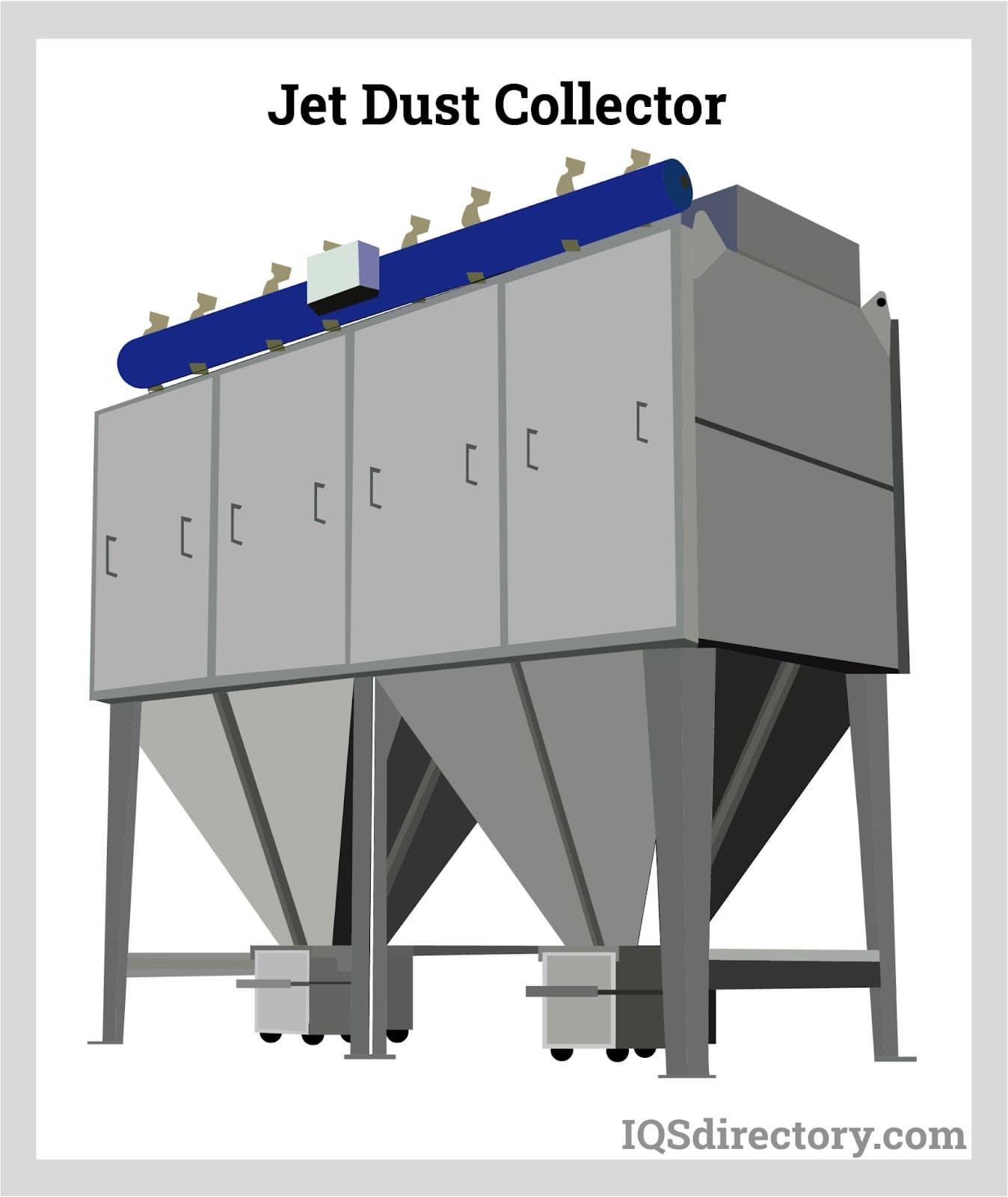
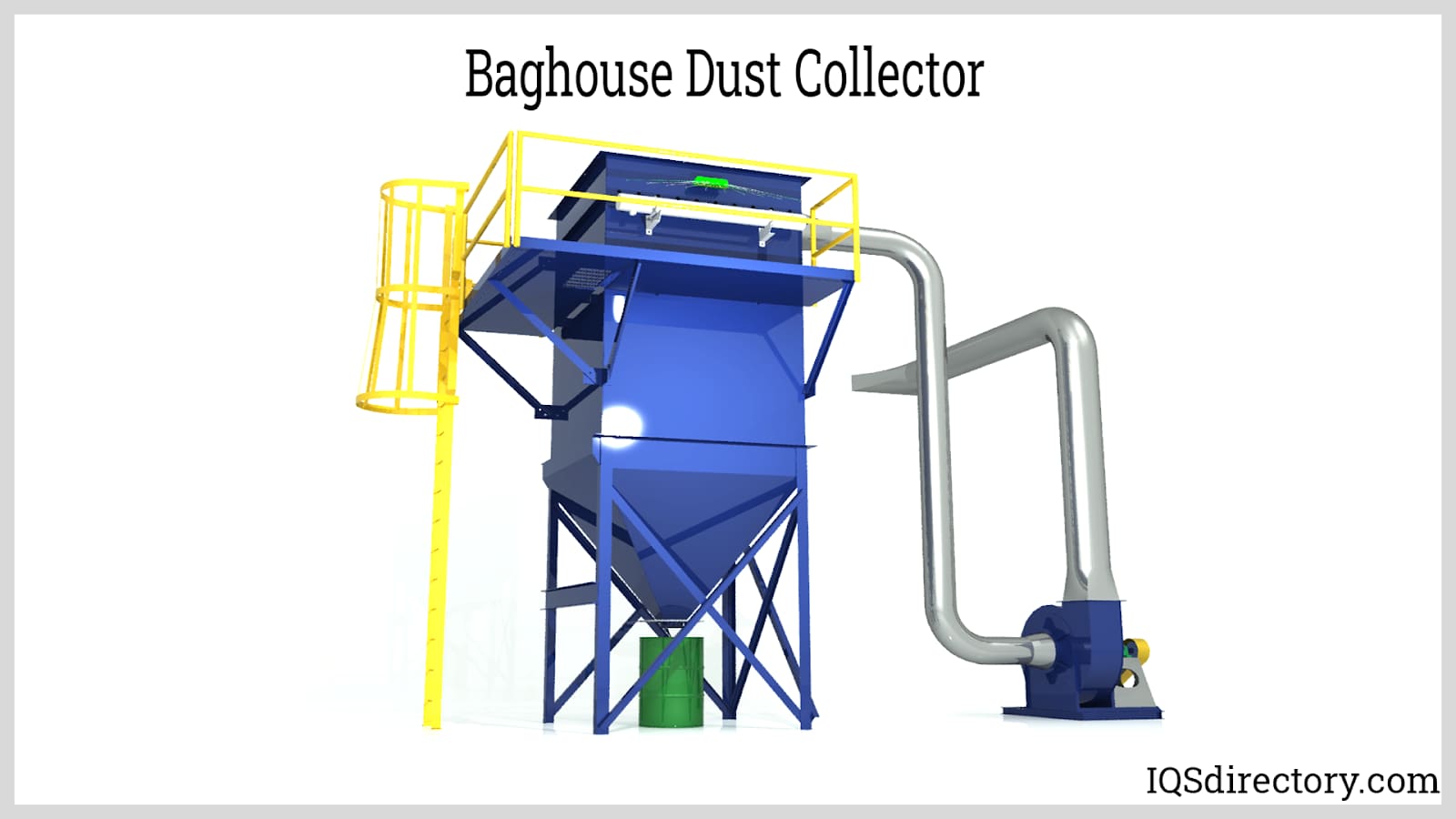
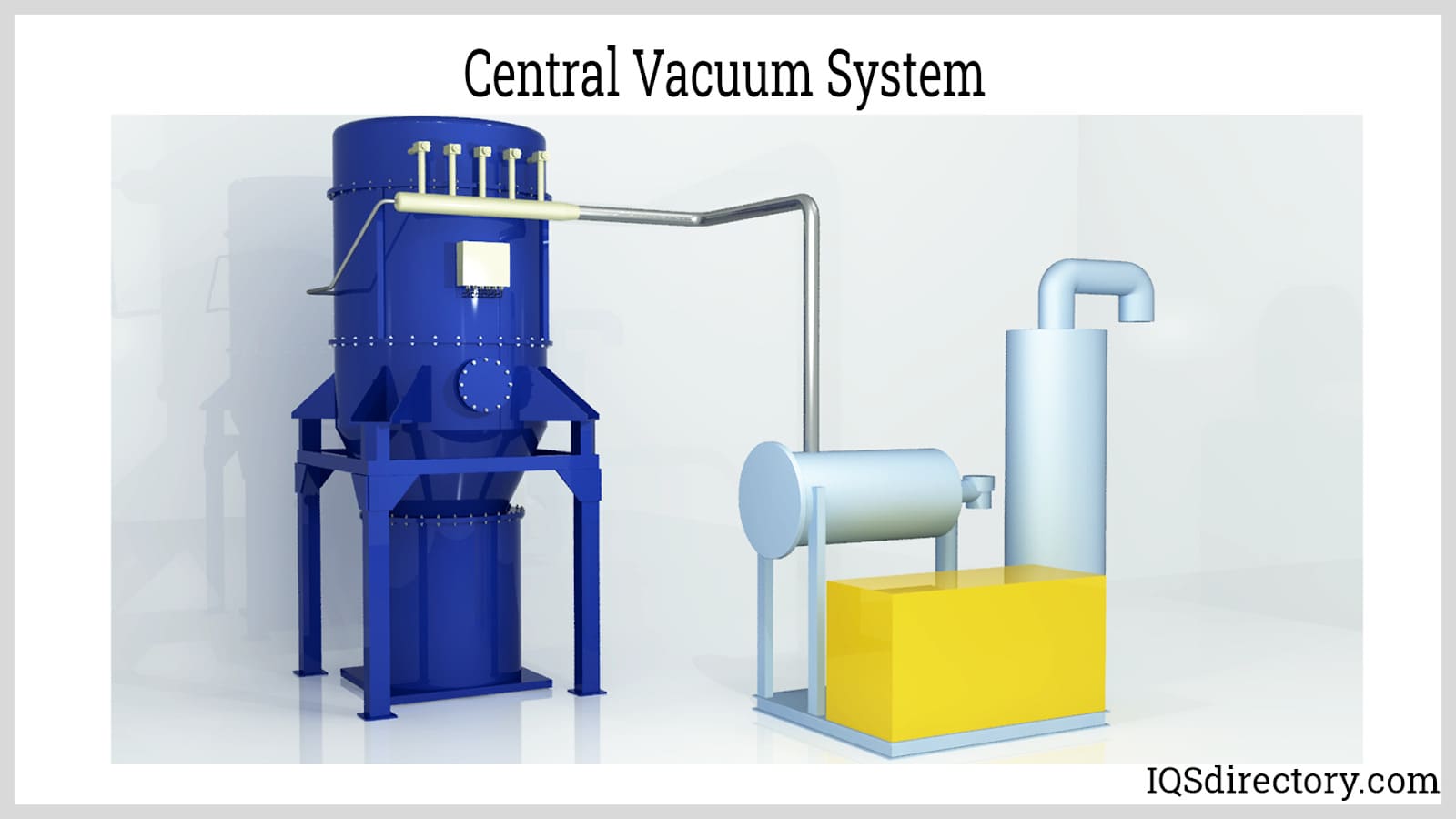
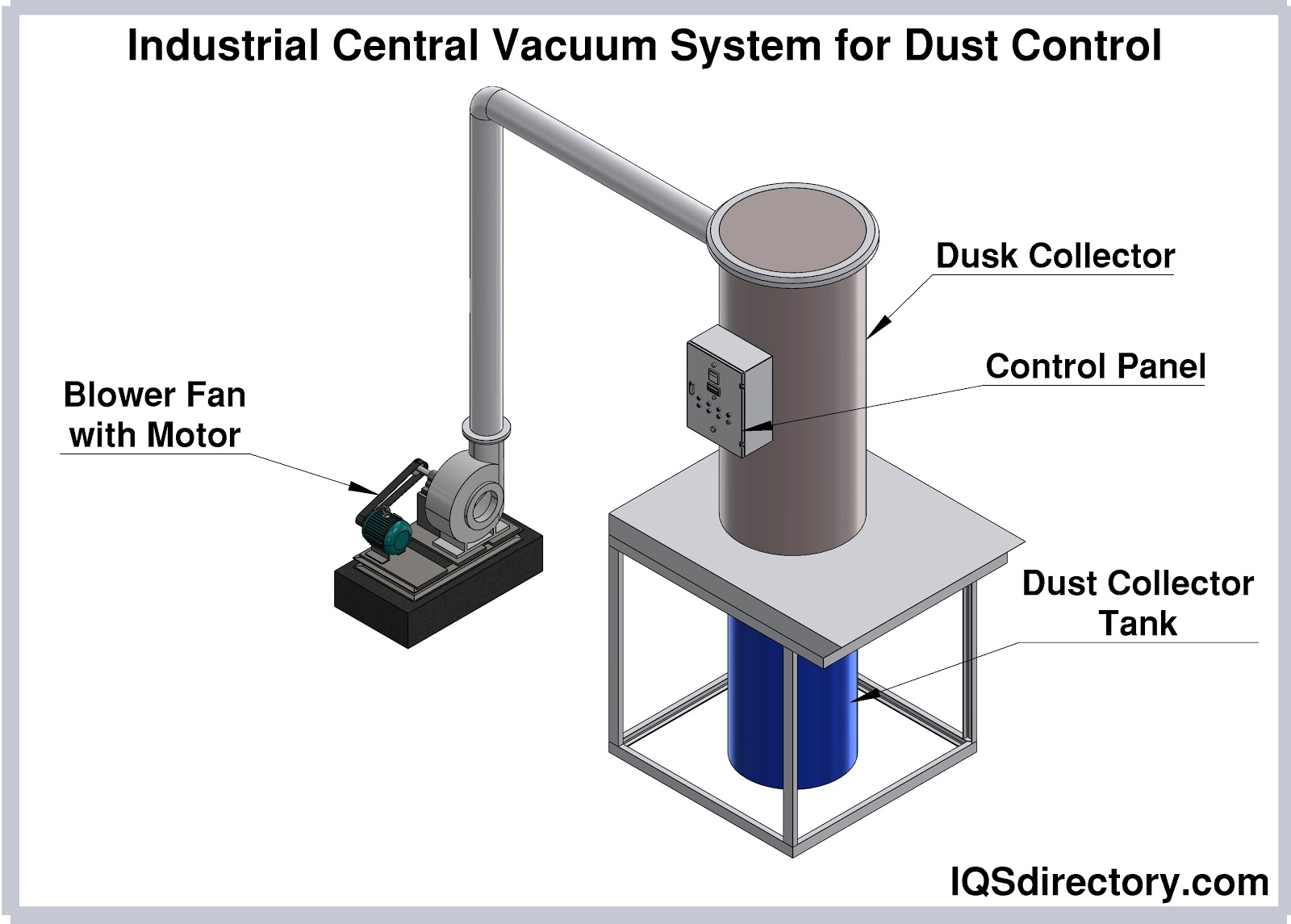
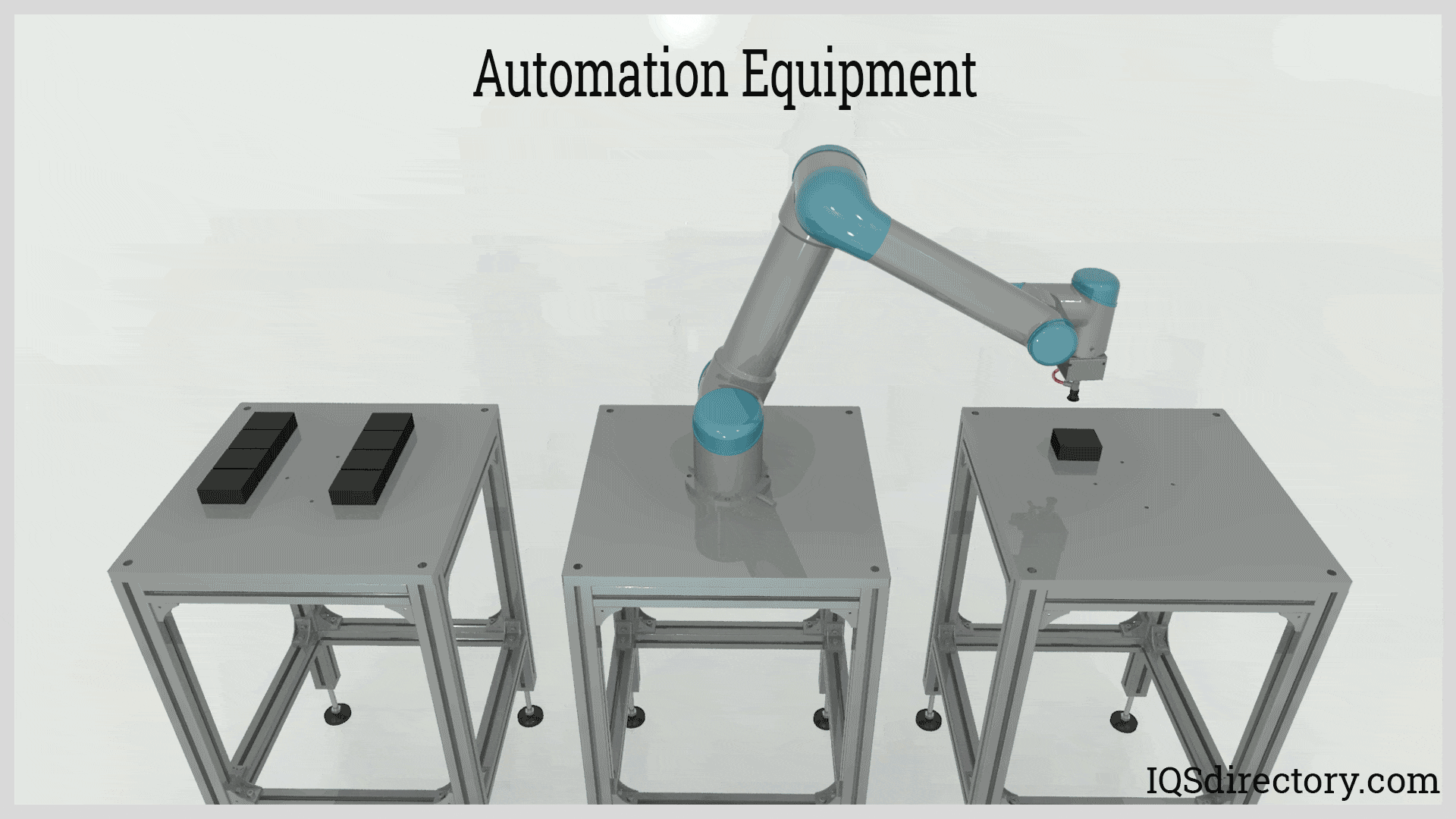
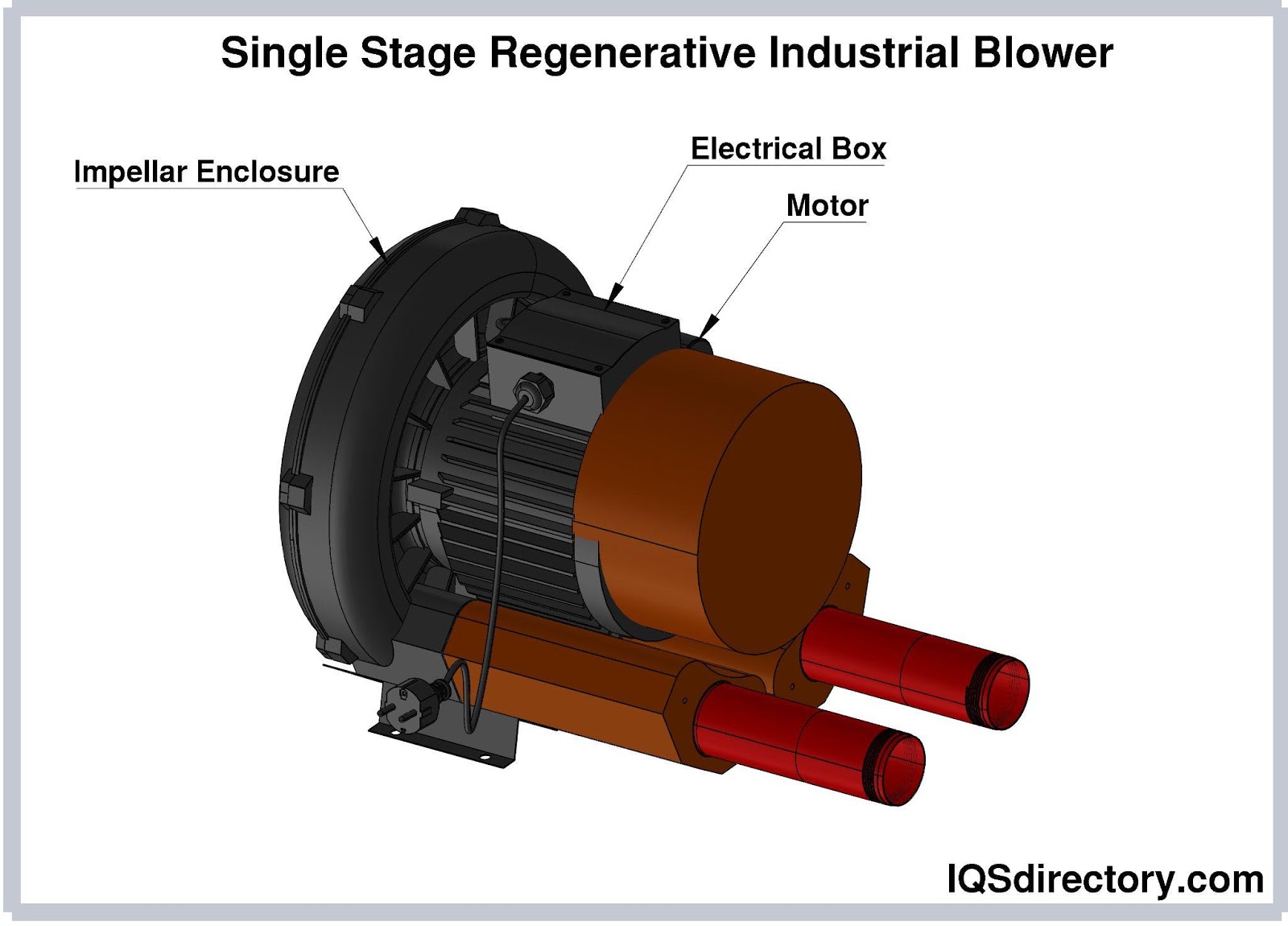
 Air Compressors
Air Compressors  Air Filters
Air Filters Air Pollution Control
Air Pollution Control Blowers
Blowers Dust Collectors
Dust Collectors Industrial Vacuum Cleaning Equipment
Industrial Vacuum Cleaning Equipment Castings & Forgings
Castings & Forgings Bulk Material Handling
Bulk Material Handling Electrical & Electronic Components
Electrical & Electronic Components Flow Instrumentation
Flow Instrumentation Hardware
Hardware Material Handling Equipment
Material Handling Equipment Metal Cutting Services
Metal Cutting Services Metal Forming Services
Metal Forming Services Metal Suppliers
Metal Suppliers Motion Control Products
Motion Control Products Plant & Facility Equipment
Plant & Facility Equipment Plant & Facility Supplies
Plant & Facility Supplies Plastic Molding Processes
Plastic Molding Processes Pumps & Valves
Pumps & Valves Recycling Equipment
Recycling Equipment Rubber Products & Services
Rubber Products & Services